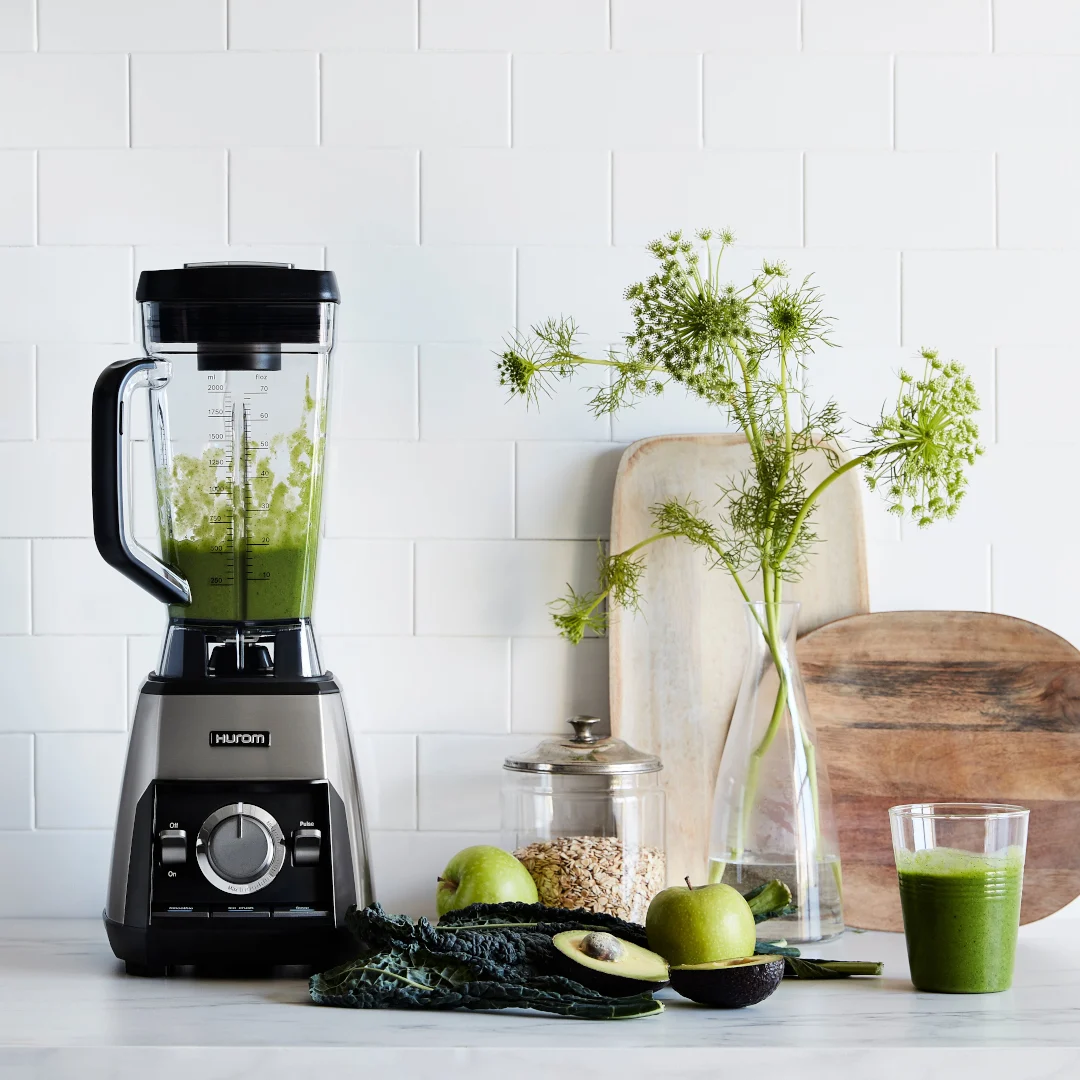Blender, the open-source 3D creation suite, has transformed the world of 3D modeling and animation. With its powerful tools and flexibility, artists can create highly detailed and immersive environments for games, films, architectural visualization, and more. However, mastering the creation of dynamic, richly detailed environments requires both technical knowledge and artistic finesse. In this article, we’ll dive into some essential Blender tips to help you craft intricate and dynamic environments.
1. Start with a Strong Concept
Before diving into the 3D space, it’s crucial to have a clear idea of the environment you’re trying to create. Are you designing a post-apocalyptic city, a serene forest, or an ancient temple? Reference images and concept art are your best friends at this stage. Gather mood boards and visual references to define the ambiance, style, and structure of your scene. Understanding the overall atmosphere will help guide you when selecting textures, lighting, and objects, ensuring that your environment feels cohesive.
Blender tip: Use Blender’s Image Editor or third-party tools like PureRef to keep your reference images handy while you work.
2. Utilize Modular Design
One of the best ways to manage large environments is by using modular design. Modular design involves creating reusable assets, like walls, rocks, trees, or tiles, that you can duplicate and slightly modify to fill out your environment. By focusing on modular pieces, you not only speed up your workflow but also ensure that your scene remains efficient in terms of performance.
Blender tip: When working with modular assets, use the Array Modifier and Alt+D (linked duplicates) to efficiently duplicate and adjust pieces without overloading your scene with memory-hogging geometry.
3. Master the Art of Sculpting and Retopology
Blender’s sculpting tools are incredibly powerful for creating detailed terrain, rocks, and other organic features of your environment. While sculpting, focus on the broad shapes and proportions first, then work your way into finer details. This will give your environment a more realistic feel.
Once you’ve sculpted an asset, it’s essential to perform retopology – the process of creating a lower-polygon version of your high-detail model. Retopology ensures that your scene remains optimized for rendering, especially when you need smooth performance in real-time engines or for animation.
Blender tip: The Multiresolution Modifier allows you to switch between different levels of detail, making it easy to sculpt fine details while maintaining a lower-poly base model for game-ready environments.
4. Leverage the Power of Procedural Textures
One of Blender’s standout features is its powerful shader editor for creating procedural textures. Procedural textures are generated through algorithms rather than being painted or scanned, allowing for infinitely scalable and customizable results. For environment design, procedural textures can be invaluable for creating realistic materials such as ground textures, rocks, water, and weathered surfaces.
You can use nodes to blend various textures, creating effects like moss growing on stones or weathered metal. This method is far more flexible than simply using image textures, and it can be a great time-saver when crafting complex materials.
Blender tip: Explore the Noise Texture, Voronoi Texture, and Gradient Texture nodes, combining them with bump maps and roughness maps to add extra realism to your environment.

5. Realistic Lighting with HDRIs and Custom Lighting Rigs
Lighting is arguably one of the most critical aspects of creating a believable environment in Blender. Using HDRIs (High Dynamic Range Images) for lighting your scenes can give you realistic lighting quickly. These images capture the entire range of light in a scene and allow you to simulate real-world lighting conditions.
However, for more artistic control, you may want to create custom lighting rigs. Placing area lights, spotlights, or point lights in strategic locations can help accentuate key elements of your environment and create a mood that aligns with your concept.
Blender tip: Combine HDRI lighting with custom spotlights and area lights. You can adjust the Strength and Color of lights under the World Properties and Light Properties panels to blend realism with artistic vision.
6. Optimize Your Scene with Level of Detail (LOD)
As your environment becomes more detailed, it’s important to manage performance, especially for real-time applications like games. Level of Detail (LOD) is a technique where different versions of a model with varying levels of complexity are displayed depending on the camera’s distance from the object. Close-up objects are shown with full detail, while objects farther away are displayed with simpler geometry.
In Blender, this can be done by creating multiple versions of an object and using LOD management to switch between them during rendering or real-time playback.
Blender tip: Use the Decimate Modifier to create low-poly versions of your models quickly and efficiently. Combine this with Blender’s Lodify add-on for easier LOD management within your scene.
7. Use the Particle System for Natural Elements
Blender’s Particle System is essential for creating natural elements like grass, trees, or even rocks and debris. With the particle system, you can scatter hundreds or thousands of objects across your environment, giving it a natural, organic feel. Whether you’re creating a dense forest or a grassy field, particles allow you to automate much of the process.
For more control, use Weight Painting to determine where particles should appear or avoid certain areas (like pathways or structures) to keep your environment clean.
Blender tip: When scattering grass or trees, be sure to use the Hair Type particle system, and adjust the Randomize settings to give a more natural appearance. Additionally, use Proxy objects during your design phase to avoid heavy rendering load.
8. Bake Your Textures for Better Performance
In large environments, using complex shader setups for every object can slow down render times significantly. One of the best ways to optimize your scene for rendering or real-time playback is by baking your textures. Texture baking allows you to “bake” all the lighting and shading information (such as shadows, ambient occlusion, and reflections) into texture maps, which can then be applied to lower-polygon objects.
Blender tip: Use the Bake feature under the Render Properties tab to bake all relevant textures such as diffuse color, normal maps, and ambient occlusion. This is especially important for game environments, where you need to prioritize real-time performance.
9. Enhance Your Scene with Atmospheric Effects
To take your environment to the next level, consider adding atmospheric effects such as fog, mist, or volumetric lighting. These effects can enhance the sense of scale and depth, making your environment feel more immersive. Blender’s Volume Scatter and Volume Absorption shaders are excellent tools for creating these effects.
For instance, adding a light fog in a forest scene can evoke mystery, while rays of light piercing through clouds can highlight focal points in your environment.
Blender tip: Enable Volumetrics in the World Settings for fog and mist effects. Use Volume Scatter nodes for physically accurate light scattering in the atmosphere.
10. Use Eevee for Fast Previews, Cycles for Final Render
Blender comes with two main rendering engines: Eevee and Cycles. Eevee is a real-time renderer that provides fast previews and is perfect for quick look-dev (look development) and testing. However, when you’re aiming for high-quality final renders with realistic lighting and reflections, Cycles is the preferred engine due to its physically accurate rendering.
Blender tip: Set up your scene in Eevee for fast iteration and switch to Cycles for your final renders. This workflow allows you to tweak and refine your environment without the long wait times associated with full renders.
Conclusion
Creating detailed and dynamic environments in Blender requires a mix of technical know-how and creative vision. By starting with strong references, leveraging Blender’s modular capabilities, and mastering lighting and optimization techniques, you can craft environments that are not only visually stunning but also efficient to render and explore.
With these Blender tips in hand, you’re ready to start building immersive, detailed worlds that will captivate and inspire your audience. Whether you’re working on a game, a film, or architectural visualizations, the tools and techniques in Blender give you the power to bring your imagination to life.
Trance 100% Waterproof Premium Cotton Feel Mattress Protector King Size, 78x72 Inches | Breathable and Hypoallergenic Ultra Soft Fitted Bed Protector Cover (78"x72" Fits Upto 10 Inches - King, Grey
₹669.00 (as of 11 April, 2025 16:59 GMT +05:30 - More infoProduct prices and availability are accurate as of the date/time indicated and are subject to change. Any price and availability information displayed on [relevant Amazon Site(s), as applicable] at the time of purchase will apply to the purchase of this product.)Portable Air Conditioners - Small AC Quiet Personal Air Cooler,USB Powered Mini Desktop Cooling Misting Fan, 1 | 2 | 3 Timer 3 Smart Speeds,360°Adjustment Office, Home, Room, Carved Design (MULTI)
₹799.00 (as of 11 April, 2025 16:59 GMT +05:30 - More infoProduct prices and availability are accurate as of the date/time indicated and are subject to change. Any price and availability information displayed on [relevant Amazon Site(s), as applicable] at the time of purchase will apply to the purchase of this product.)innovative edge Reversible AC Comforter Single Bed King Size Quilt Blanket for Summer
₹498.00 (as of 11 April, 2025 16:53 GMT +05:30 - More infoProduct prices and availability are accurate as of the date/time indicated and are subject to change. Any price and availability information displayed on [relevant Amazon Site(s), as applicable] at the time of purchase will apply to the purchase of this product.)2 L Capacity Belt Straw Transparent Motivational Water Bottles| Leakproof Durable Non-Toxic Sipper | |Best Usage for School/College/office/Travel Bottle | BPA-Free Fitness Sports Bottle (GREEN)
₹149.00 (as of 11 April, 2025 16:53 GMT +05:30 - More infoProduct prices and availability are accurate as of the date/time indicated and are subject to change. Any price and availability information displayed on [relevant Amazon Site(s), as applicable] at the time of purchase will apply to the purchase of this product.)Vasukie 2-in-1 Olive Oil Sprayer and Dispenser Bottle for Kitchen | 500ml Glass Oil Bottle with Premium Nozzle | Cooking Oil Sprayer for Healthy Cooking and Salad Making (Spray Bottle)
₹198.00 (as of 11 April, 2025 16:53 GMT +05:30 - More infoProduct prices and availability are accurate as of the date/time indicated and are subject to change. Any price and availability information displayed on [relevant Amazon Site(s), as applicable] at the time of purchase will apply to the purchase of this product.)Discover more from The General Post
Subscribe to get the latest posts sent to your email.





